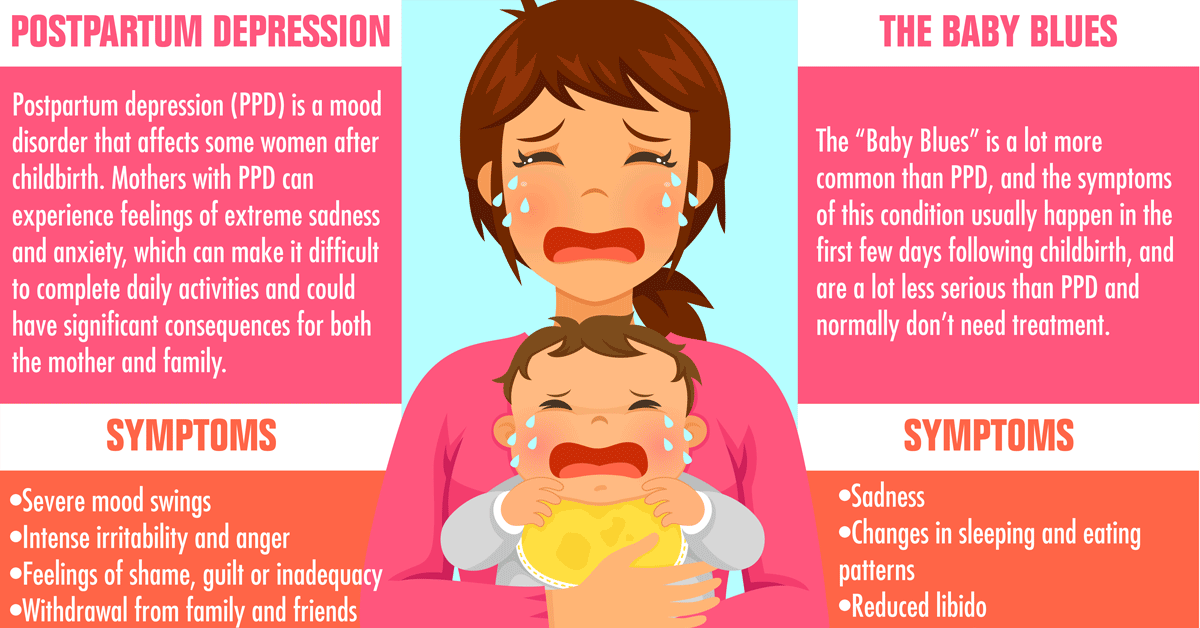Are There Medications For Addiction Treatment
Are There Medications For Addiction Treatment
Blog Article
Just How Do State Of Mind Stabilizers Job?
Mood stabilizers help to soothe locations of the brain that are impacted by bipolar affective disorder. These medications are most reliable when they are taken regularly.
It might take a while to discover the best medication that works finest for you and your doctor will check your condition throughout therapy. This will entail routine blood examinations and possibly a change in your prescription.
Neurotransmitter policy
Neurotransmitters are a group of chemicals that regulate each other in healthy and balanced people. When levels become out of balance, this can result in state of mind conditions like anxiety, anxiety and mania. State of mind stabilizers help to avoid these episodes by aiding manage the equilibrium of these chemicals in the mind. They also may be utilized alongside antidepressants to boost their efficiency.
Medications that function as mood stabilizers consist of lithium, anticonvulsants and antipsychotics. Lithium is maybe one of the most well known of these medicines and works by influencing the flow of salt through nerve and muscular tissue cells. It is usually made use of to treat bipolar disorder, yet it can also be handy in treating various other state of mind conditions. Anticonvulsants such as valproate, lamotrigine and carbamazepine are additionally efficient mood stabilizing medications.
It can take a while to locate the appropriate type of drug and dose for every person. It's important to deal with your medical professional and participate in an open discussion concerning exactly how the medication is benefiting you. This can be especially handy if you're experiencing any negative effects.
Ion channel inflection
Ion channels are a significant target of state of mind stabilizers and numerous various other medicines. It is now well developed that they are vibrant entities that can be modulated by a range of exterior stimuli. Furthermore, the inflection of these channels can have a variety of temporal results. At one extreme, changes in gating dynamics might be rapid and instantaneous, as in the nicotinic acetylcholine receptor/channel system. At the other end of the range, covalent alteration by protein phosphorylation may lead to adjustments in channel function that last much longer.
The area of ion channel modulation is going into a duration of maturation. Current studies have actually shown that transcranial focused ultrasound (United States) can stimulate neurons by triggering mechanosensitive potassium and salt channels embedded within the cell membrane. This was demonstrated by shared channels from the two-pore domain potassium household in Xenopus oocytes, and concentrated United States considerably regulated the current streaming via these channels at a holding voltage of -70 mV (ideal panel, loved one effect). The results follow previous observations revealing that antidepressants influencing Kv channels control glia-neuron communications to opposite depressive-like habits.
Neuroprotection
State of mind stabilizers, like lithium, valproic acid (VPA), and carbamazepine, are important in the therapy of bipolar illness, which is defined by persistent episodes of mania and anxiety. These drugs have neuroprotective and anti-apoptotic residential properties that aid to stop mobile damages, and they additionally enhance cellular resilience and plasticity in dysfunctional synapses and neural circuitry.
These protective actions of mood stabilizers may be mediated by their inhibition of GSK-3, inositol signaling, and HDAC activity. Additionally, long-lasting lithium therapy protects against glutamate excitotoxicity in cultured neurons-- a design for neurodegenerative conditions.
Studies of the molecular and mobile results of state of mind stabilizers have shown that these medications have a vast array of intracellular targets, consisting of multiple kinases and receptors, as well as epigenetic stress management adjustments. Refresher course is needed to identify if state of mind stabilizers have neurotrophic/neuroprotective actions that are cell type or circuitry certain, and just how these impacts might match the rapid-acting restorative reaction of these agents. This will aid to create brand-new, faster acting, more efficient therapies for psychological ailments.
Intracellular signaling
Cell signaling is the process through which cells interact with their atmosphere and various other cells. It involves a sequence of action in which ligands connect with membrane-associated receptors and result in activation of intracellular paths that control essential downstream cellular features.
Mood stabilizers act on intracellular signaling with the activation of serine-threonine healthy protein kinases, leading to the phosphorylation of substrate proteins. This activates signaling waterfalls, causing modifications in gene expression and mobile feature.
Numerous state of mind stabilizers (consisting of lithium, valproate and lamotrigine) target intracellular signaling paths by inhibiting details phosphatases or triggering certain kinases. These effects trigger a decrease in the task of these pathways, which causes a decrease in the synthesis of specific chemicals that can influence the brain and cause symptoms of clinical depression or mania.
Some state of mind stabilizers likewise function by boosting the activity of the inhibitory natural chemical gamma-aminobutryic acid (GABA). This improves the GABAergic transmission in the mind and lowers neural activity, thus creating a calming result.